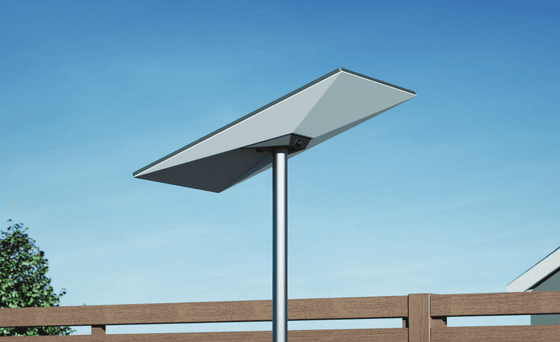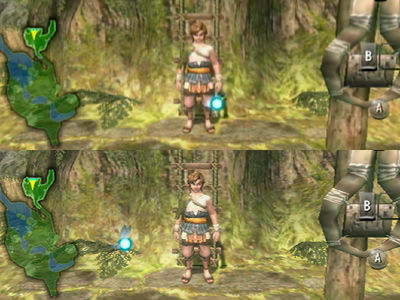3rd generation Starlink antenna & router released, no automatic adjustment function, manual adjustment required

The third generation of antennas and routers dedicated to SpaceX's satellite internet access service ' Starlink ' has been released. The previous generation model had a motor attached to the antenna that
Starlink Specifications
https://www.starlink.com/specifications?spec=4
New Starlink Gen 3 Dish Launched, With A Few Surprising Changes - Starlink Hardware
https://www.starlinkhardware.com/starlink-gen-3-dish-launched/
4x Faster Wi-Fi Speed? Hands-On With The New Starlink Gen 3 Router - Starlink Hardware
https://www.starlinkhardware.com/starlink-gen-3-router-review/
The shape of the 3rd generation antenna looks like this. It has a shape where the stand grows directly from the flat antenna. The size is 594mm long x 383mm wide x 39.7mm thick. The weight including the stand is 3.2kg.

The stand is foldable and removable.

You can connect it to a pipe by attaching an adapter (sold separately).


The second generation antenna had this shape. A pipe sticks out from the antenna, and a stand is attached underneath. The size is 513mm long x 383mm wide x 343mm thick, and the weight including the stand is 4.7kg.

The second generation antenna has a built-in motor that automatically adjusts the angle.
The 3rd generation antenna, on the other hand, does not have a motor, so the angle must be adjusted manually.

Other changes include power consumption increased from 50-75W in the second generation to 75-100W, field of view expanded from 100 degrees to 110 degrees, and waterproof and dustproof standards improved from IP54 to IP67. has been added.

The third generation also includes new cables and antennas. First, the cable uses the RJ45 connector (same type as the LAN cable) that was used in the first generation, which greatly improves handling.

In the second generation, a cable with a unique Starlink shape, commonly known as SPX (SpaceX) cable, was used, so there were restrictions such as not being able to substitute it with a commercially available cable.

The 3rd generation router has evolved from the 2nd generation Wi-Fi 5 & dual band to Wi-Fi 6 & tri band. A physical reset button that was not present in the second generation has been added, and the LED light that only emitted in one color now emits in three colors: white, red, and purple.

Also, the power supply is independent.

Two new Ethernet ports for external connections have been placed on the back.

The leftmost port is for connecting to the antenna, the two in the middle are additional ports, and the rightmost port is for power connection.

Second-generation routers only had two ports: a power port and a port for antenna connection.

The 1st generation (left), 2nd generation (center), and 3rd generation (right) routers look like this. 3rd generation routers act as mesh nodes for 2nd generation routers.

The price and release date of the third generation kit are unknown. According to news site Starlink Hardware, the third generation kit is being offered to a small number of selected customers via email invitation.
Related Posts:
in Hardware, Posted by log1p_kr







